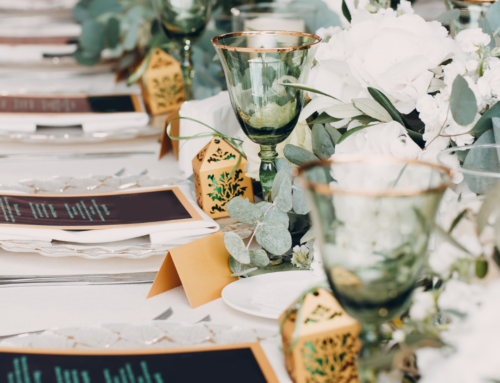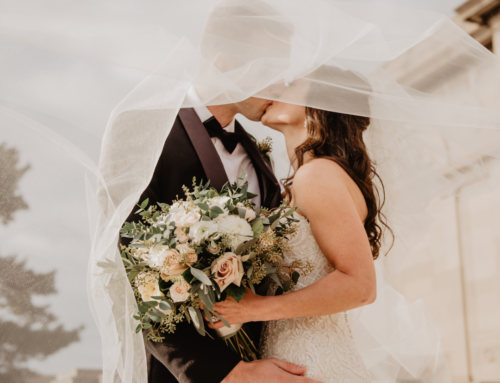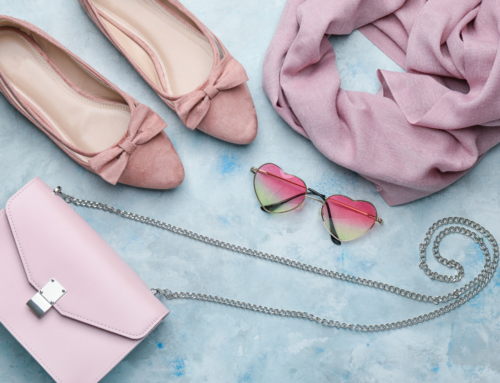The magic of film and television is incomplete without the perfect costumes that transport us to different worlds and eras. From iconic superhero suits to intricate period pieces, costume design is crucial in bringing characters to life on screen. It can often make or break the success of production by conveying mood, personality, and story arcs through fabric choices and accessories. So join us as we explore the fascinating world of costume design in film and TV – one stitch at a time!
Role of Costume in Film and TV History
Costume has always been a key component of film and television history. From the days of silent films, when actors would don elaborate outfits to convey their character. Today, costume design is an integral part of both film and theater as a means of storytelling.
In the early days of cinema, costumes were used more as an aid to identification than as part of the storytelling process. This changed with the advent of sound, which allowed for more complex and nuanced portrayals of characters. To convey mood and emotion through clothing, filmmakers began to use costumes more prominently in storytelling. For example, in The Wizard of Oz (1939), Dorothy’s yellow dress represents her innocence, while her ruby slippers symbolize her transformation into a powerful witch.
The costume also plays a vital role in defining characters on television. For example, in Mad Men, Peggy Olson’s practical wardrobe helps define her as a strong female character who is not afraid to stand up for herself. Similarly, in Game of Thrones, Ned Stark’s simple clothing indicates his status as an ordinary person trying to survive during turbulent times.
Although costumes have always been an integral part of film and television history, recent trends have seen them become even more complex and detailed. This is partly due to advances in computer-generated imagery (CGI), which allows for more realistic portrayals of characters. Additionally, current costume designers are often inspired by popular culture and current events to create unique and memorable.
Enhancing the Visual Appeal of Film and TV Productions
In film and television, costume design can make or break a production. The costume can define the look of a character and how the audience perceives it. It can also set the tone and create an atmosphere unique to that particular show or movie.
Costume designers often have to think outside the box when designing outfits for their cast. They may have to come up with creative ways to disguise characters’ actual appearances, or they may have to find creative ways to showcase unusual body types. In some cases, costumes may be used as vehicles for political messages or social commentary.
Many different skills are necessary for successful costume design in film and television. For example, a designer must know fashion magazines and how to assemble a cohesive ensemble. They also need an excellent eye for detail and the ability to work quickly and efficiently on multiple projects at once.
Conveying Character Traits and Emotions Through Clothing
When it comes to conveying the character traits and emotions of a movie or TV character, costume design is an essential part of the process. Costume designers must consider the clothes, accompanying accessories, and hairstyles. They must also create a cohesive look for the cast, ensuring all characters appear as one cohesive unit on-screen.
Some key factors that costume designers consider when designing characters are their body type, height, skin tone, and clothing style. They will also consider what props and makeup are available to them to help further enhance their appearance. Costume designers often work with set dressers to ensure that all costumes fit correctly and complement each other.
One key element that can help communicate a character’s personality is their wardrobe selection. By choosing specific pieces of clothing, a designer can create an overall impression of the character.
Costume Design Enabling Legendary Films and TV Programs
Costume design is an essential filmmaking process and often goes unnoticed. It can create a sense of realism and atmosphere in a film or TV show and add to the overall aesthetic. It can be used to convey a character’s personality, history, and place in society.
Costume design for films and TV shows can take many forms, from simple clothing worn by actors on-screen to elaborate costumes integral to the plot or setting. Costume designers often have great creative freedom when designing characters’ outfits. They may rely on historical references or inspiration from other cultures to create dynamic and memorable costumes.
Many iconic films and TV shows would be the same with the contributions of talented costume designers. In recent years, costume design has been given more attention than ever, with awards ceremonies such as the Academy Awards recognizing outstanding work in this field. Continued recognition of talented costume designers will only help to enhance their legacy further and ensure that their work remains influential for years to come.
Dressing Up the Screen
Costume design is an essential part of filmmaking and TV. It can set the mood, create visual continuity, and contribute to the storytelling experience. Costume designers use various materials and techniques to bring their visions to life. They are often responsible for creating entire costumes from scratch or modifying existing clothing items. These give us a better appreciation for the work of costume designers in cinema and television and a better idea of how these artists may enrich our viewing experience.






Leave A Comment